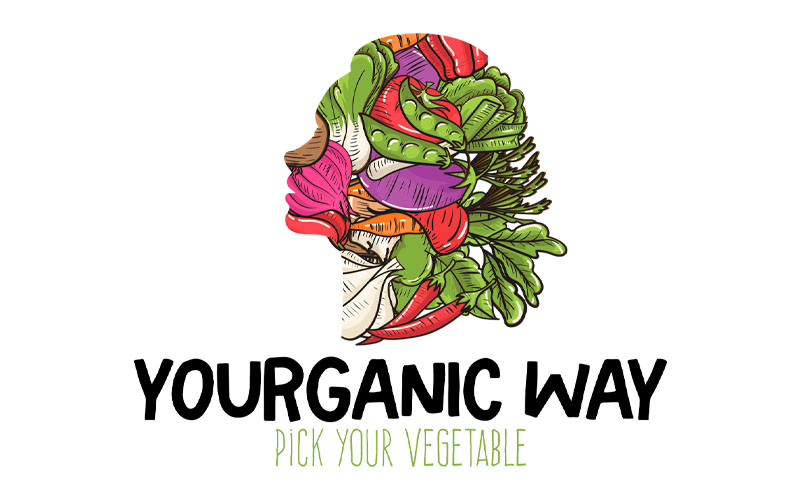
Organic or Non-Organic ?
Food quality and quantity is increasingly becoming a hot topic, as long as it’s directly correlated with health and wellbeing. After 2020, our perception has changed for good . We have learned that health and immunity is number one priority. But how can we boost them?
The Good news is: One meal of junk food won’t kill you. But if you persist with poor dietary habits the deadline will be shifted closer… much closer.
The time gap between “I have an Iron stomach” and “I have a cancer in my stomach” can be very short.
We all know that junk is bad, But what about something else? Something, that is generally thought to be healthy. Surprisingly vast majority of consumers still think that whatever has a form of a vegetable is a vegetable. And the vegetables are healthy right? Hell no!
_________
Not all veggies are born the same. When sharing the same form and color some vegetables are poison and some are the best medicine. So, how to differentiate and navigate through this vast amount of food we get offered? The answer is simple: Go Organic.
But to do so, we’ll need a fundamental motivation, that will shift our perception towards brighter side.
What we get when we buy, let’s say mass-produced broccoli? Along with the vitamins and minerals it has considerable number of pesticides and chemical fertilizers in it. When organically grown one is nutritionally denser, (meaning has higher amounts of minerals, vitamins, and antioxidants) and has zero harmful chemicals. What is so harmful in these pesticides and chemical fertilizers you will ask. Here are the results of the studies which were conducted recently. Which suggest:
“The numerous negative health effects that have been associated with chemical pesticides include, among other effects, dermatological, gastrointestinal, neurological, carcinogenic, respiratory, reproductive, and endocrine effects (1, 2, 8, 10, 14–30). Furthermore, high occupational, accidental, or intentional exposure to pesticides can result in hospitalization and death (1, 31).
Furthermore, it should be noted that washing and peeling cannot completely remove the residues (40). In the majority of cases, the concentrations do not exceed the legislatively determined safe levels (36, 39, 41, 42).
However, these “safe limits” may underestimate the real health risk as in the case of simultaneous exposure to two or more chemical substances, which occurs in real-life conditions and may have synergistic effects (1, 43).
Pesticides residues have also been detected in human breast milk samples, and there are concerns about prenatal exposure and health effects in children (13, 44–46).
The health effects of pesticides depend on the type of pesticide. Some, such as the organophosphates and carbamates, affect the nervous system. Others may irritate the skin or eyes. Some pesticides may be carcinogens. Others may affect the hormone or endocrine system in the body.






